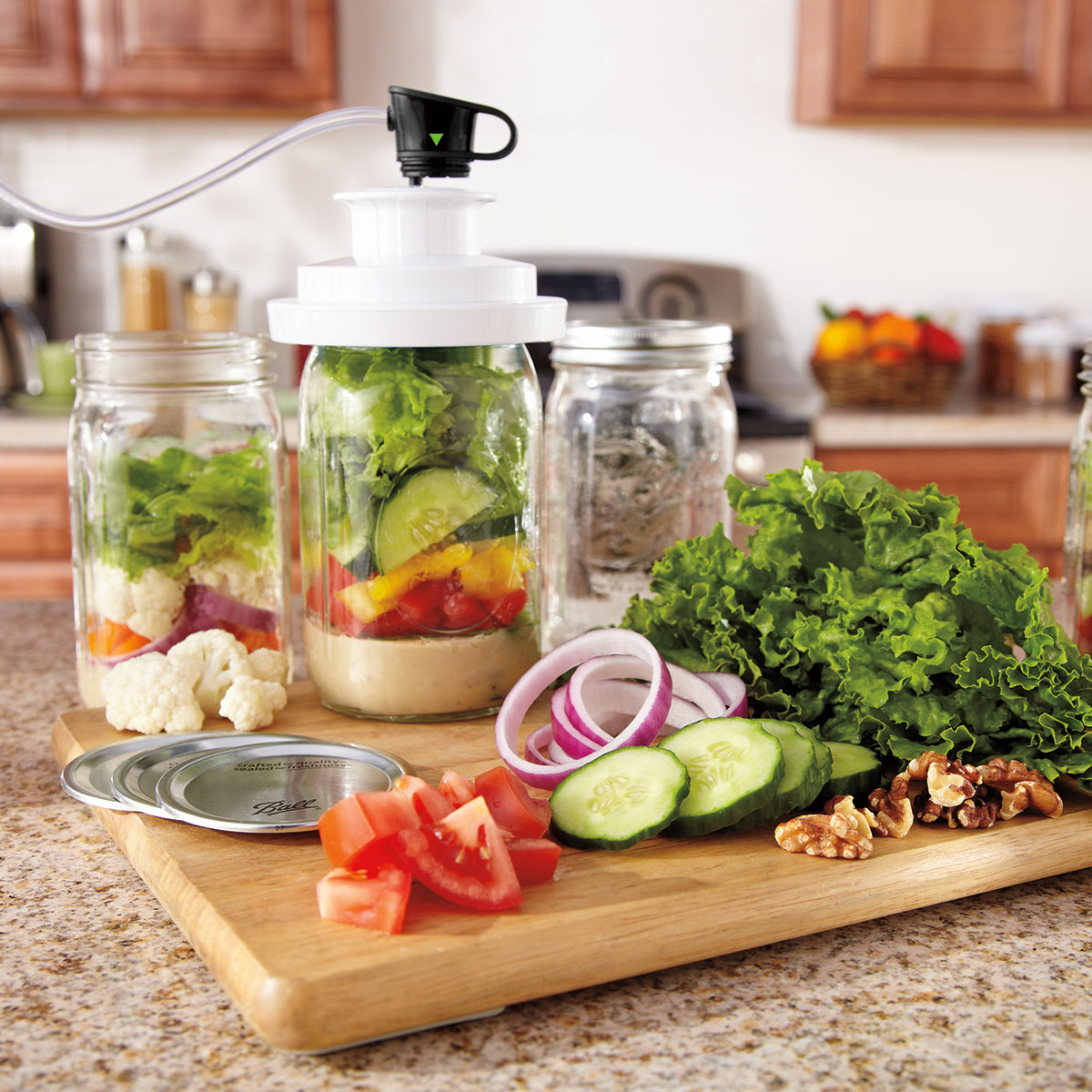Good afternoon, Hugh,
Recently SurvivalBlog has presented several articles on food preservation, including extremely informative ones from your wife, Sarah.
I’ve become curious about a few things: Is there a minimum vacuum level necessary for food preservation? (This assumes other factors, such as the lack of heat-based canning procedures are not necessary for preservation.) Are there advantages to purging air from a food container with nitrogen? If so, is there a recommended procedure for that? Does vacuum sealing after nitrogen purging offer additional advantages? You have tested and reported on a commercially available home freeze dryer; how much preservation time is gained, or how great an advantage is there, by high vacuum storage (>20mg Hg) of home freeze dried food? – N.K.
HJL Comments: For food storage that contains moisture, there are only two real methods of safe storage– heat-based canning and freezing. Freezing works by slowing the process of decomposition and bacterial growth down to a negligible level, and heat-based canning works by raising the temperature to the point that bacteria is destroyed. Freezing is the preferred method for short-term storage because the texture of the food is the least changed. Canning is better for long-term storage, but the texture of the food is often changed and many do not like it.
Food that has a low to very low moisture content cannot support the growth of bacteria, so those methods are not necessary. What does matter is the removal of oxygen. The oxygen oxidizes the food, destroying the flavor and nutrients over time. There are a variety of ways to remove the oxygen. Placing oxygen absorbers in the storage containers and replacing the air with nitrogen or carbon dioxide are a few. Pulling a strong vacuum is also an effective method, but this requires a container with some strength or the food will be crushed (though in some foods, like wheat, this really doesn’t matter).
The strength of the vacuum is relatively unimportant though. A strong vacuum will remove more air (and thus more oxygen), but even a medium vacuum will remove enough air to have a significant impact on the storage life. If you are rotating your stocks and eating what you store, you only really need at most a 5 or 6 year shelf life, even if you have a very deep larder. To answer your question though, freeze-dried foods have a storage life in the realm of 5-20 years, depending on the oil content of the food (oils can become rancid) and the oxygen they are exposed to.










